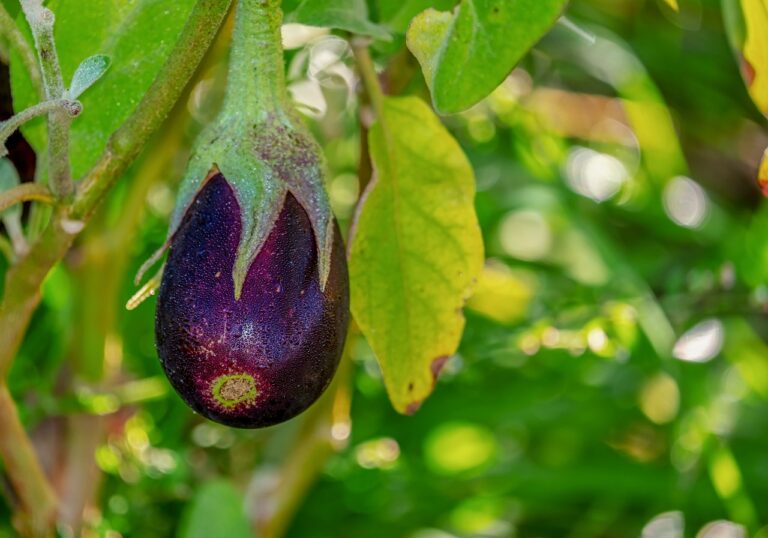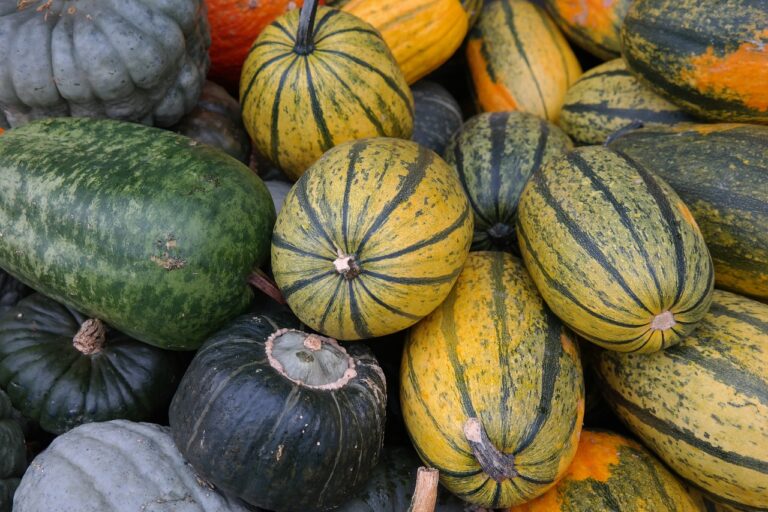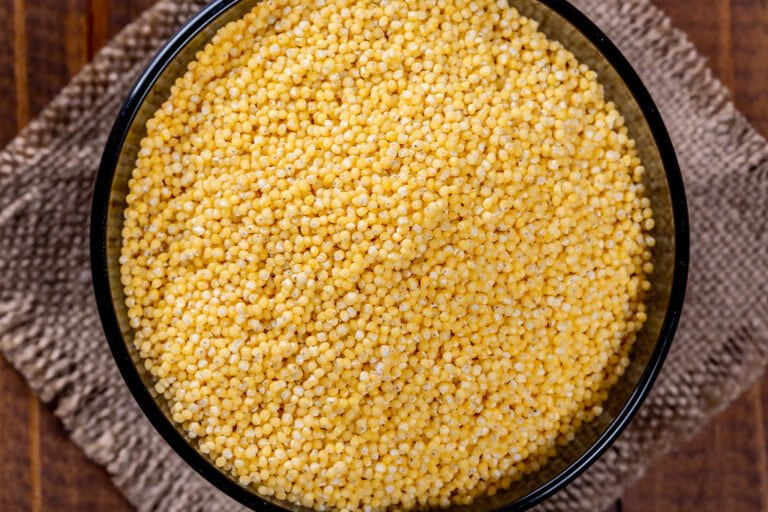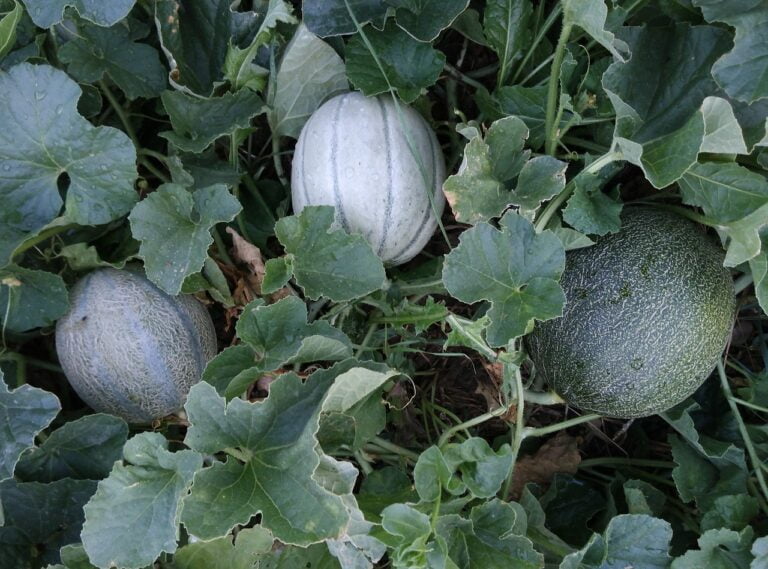Guide to Growing Tomatoes in a Bucket
When growing tomatoes in a bucket, choose a sturdy 5-gallon container with drainage holes. Opt for food-grade plastic. Guarantee well-drained soil without harmful chemicals. Select determinate varieties like Roma and Celebrity. Drill drainage holes for water flow and use high-quality potting mix. Plant deep, care consistently. Monitor soil moisture, prune, and support plants. Prevent pests, diseases. Water consistently, avoid over/underwatering. Prune suckers, support with stakes or cages. Inspect regularly, fertilize appropriately. Improve air circulation, maximize fruit production. Take care of sunlight exposure. For a successful tomato bucket gardening experience, start with the right basics.
Selecting the Right Bucket
When selecting a bucket for growing tomatoes, opt for a sturdy 5-gallon container made of food-grade plastic with drainage holes at the bottom to prevent waterlogging. Tomatoes thrive in well-drained soil, making proper drainage essential for their growth. The 5-gallon size provides ample space for the tomato plant’s roots to spread out and access the necessary nutrients. Make sure the bucket is made of food-grade plastic to avoid any harmful chemicals leaching into the soil and affecting the tomato plant.
A essential bucket is important for supporting the weight of the tomato plant as it grows. The bucket should be able to withstand the pressure of the soil, water, and the mature tomato plant without buckling or deforming. Additionally, consider using a repurposed bucket to minimize costs and reduce environmental impact. Before planting, thoroughly clean and sanitize the bucket to remove any potential contaminants that could harm the tomato plant.
Having drainage holes at the bottom of the bucket is important to prevent waterlogging, which can lead to root rot and other diseases. These holes allow excess water to escape, ensuring that the soil remains consistently moist but not waterlogged. Proper drainage also helps in oxygenating the roots, promoting healthy growth for your tomato plant. Selecting the right bucket sets the foundation for successful tomato cultivation.
Preparing the Bucket for Planting
To properly prepare the bucket for planting, make sure to drill adequate drainage holes in the bottom and sides of the container. This step is essential when growing tomatoes in buckets as it guarantees proper water drainage, preventing root rot and waterlogging. Select a sturdy 5-gallon bucket made of high-quality, non-toxic material such as food-grade plastic. Choosing a container with the right material is vital for the health of your tomato plants.
Consider placing a saucer or tray underneath the bucket to catch any excess water that drains out. This helps maintain a tidy gardening area and prevents water from pooling around the container. When filling the bucket, use a high-quality potting soil mix suitable for container gardening. This will provide the necessary support and nutrients for your tomato plants to thrive.
Incorporating organic matter such as compost or worm castings into the potting soil can greatly benefit your tomatoes. These additions enrich the soil with essential nutrients, promoting healthy growth and robust fruit production. By following these steps and using the right materials, you can make sure your bucket is properly prepared for planting tomatoes in a container garden.
Best Tomatoes to Grow
I’ve found that determinate tomato varieties such as Roma, Celebrity, and Patio Princess are excellent choices for bucket gardening. Their compact growth habits make them well-suited for container cultivation, yielding plentiful fruits in limited spaces. Semi-determinate varieties can also thrive in buckets, offering a range of options for successful tomato production.
Ideal Tomato Varieties
Selecting determinate and semi-determinate tomato varieties is the key to thriving tomato cultivation in buckets. Varieties like Roma, Celebrity, and Patio Princess are ideal choices for container gardening due to their compact growth habits. These tomatoes are well-suited for confined spaces and limited root space, making them perfect for bucket cultivation. Roma tomatoes are known for their meaty texture and few seeds, perfect for sauces and canning. Celebrity tomatoes are popular for their disease resistance and excellent flavor. Patio Princess tomatoes, as the name suggests, are perfect for small spaces and produce a bountiful harvest. Choosing the right tomato variety, such as these determinate and semi-determinate varieties, is essential for successful tomato growing in buckets.
Growing Conditions Tips
When cultivating tomatoes in buckets, it is essential to consider the ideal growing conditions for the top tomato varieties to flourish. Determinate tomato varieties such as Roma, Celebrity, and Patio Princess are excellent choices for bucket cultivation due to their compact growth habit and suitability for limited root areas. These determinate tomatoes thrive in confined spaces, making them ideal for container gardening. With a shorter growing season, they yield plentiful, flavorful tomatoes, ensuring successful cultivation even in smaller spaces. Choosing the right variety, like these determinate types, is key to maximizing growth and productivity when growing tomatoes in buckets. By selecting varieties that adapt well to the container environment, you set yourself up for a rewarding tomato-growing experience.
Growing Tomatoes in a Bucket
I always begin by drilling drainage holes in my buckets to guarantee proper water flow for my tomato plants. Using a high-quality potting mix enriched with worm castings sets the stage for robust growth. Planting tomatoes deep in the bucket and providing consistent watering and fertilizing are key steps in nurturing healthy, thriving plants.
Soil Preparation Tips
For successful tomato growth in a bucket, it is essential to guarantee proper soil preparation to foster healthy root development and overall plant vigor. To make sure ideal conditions, drill drainage holes in the bottom of the bucket to prevent waterlogging. Choose a well-draining potting mix enriched with fertilizer to provide essential nutrients for your plants. Consider enhancing the soil mix with perlite or sand to improve drainage and aeration, aiding in root growth. Mixing peat moss with the potting soil can help retain moisture while preventing soil compaction. Remember, proper soil preparation plays an important role in promoting healthy roots and supporting overall plant growth in bucket-grown tomatoes.
Choosing Tomato Varieties
Determinate tomato varieties like Roma, Celebrity, and Patio Princess are well-suited choices for bucket cultivation due to their compact growth habits. These varieties, ideal for container gardening, are perfect for limited spaces as they have a shorter growing season. Their compact nature guarantees maximum yields even in the confined spaces of buckets. When selecting a tomato variety for bucket cultivation, it is essential to take into account fruit production potential. Choosing the right tomato variety plays a significant role in the success of bucket gardening. By opting for determinate varieties like Roma, Celebrity, or Patio Princess, gardeners can enjoy abundant harvests within the constraints of bucket cultivation, making the most of their limited space.
Watering and Fertilizing
When cultivating tomatoes in a bucket, ensuring proper watering and fertilizing practices is vital for the healthy development of the plants. Here are some key points to keep in mind:
- Watering Frequency: Tomatoes in buckets typically require daily watering, with approximately 1/4 gallon of water needed per plant to maintain the soil consistently moist.
- Mulch: Adding mulch or straw on top of the soil can help retain moisture, preventing it from evaporating quickly and ensuring the roots of the tomato plants stay hydrated.
- Fertilizing: Fertilizing is essential for bucket-grown tomatoes to provide necessary nutrients for healthy growth. Using commercial tomato fertilizer at half strength every two weeks can help meet the nutrient needs of the plants without risking over-fertilization. Additionally, organic options like compost tea, worm castings, and liquid fertilizers can be used to supplement the plants’ nutrient requirements.
Caring for Your Tomato Plants
Regularly monitoring the soil moisture levels is important for ensuring proper hydration of your tomato plants. To maintain the health of tomato plants in buckets, it’s essential to adhere to a consistent watering schedule. Overwatering can lead to root rot, while underwatering can cause stunted growth and poor fruit development. By monitoring soil moisture regularly, you can adjust your watering routine accordingly to keep the plants thriving.
Pruning tomato plants is another crucial aspect of caring for them. Removing suckers – the small shoots that grow between the main stems and branches – helps redirect the plant’s energy towards fruit production. Additionally, using stakes or cages to support the growing tomato plants is important to prevent them from bending or breaking under the weight of the fruit. Proper support also helps maintain good air circulation around the plants, reducing the risk of diseases.
Inspecting your tomato plants frequently for pests and diseases is important for early detection and prompt action. By catching issues early, you can prevent them from spreading and causing significant damage to your plants. Alongside this, providing adequate fertilization based on the growth stage of the tomato plants is essential for healthy development. Balanced fertilization supports robust growth and improves the plants’ ability to produce an abundance of flavorful fruits.
Pruning and Training Tomatoes
Pruning and training tomatoes in buckets involves strategically removing suckers and lower leaves to optimize air circulation and sunlight exposure, promoting healthier plant growth and fruit production. Here are three essential techniques for effectively pruning and training tomato plants:
- Remove Suckers: One of the key aspects of pruning tomato plants is eliminating side shoots, which are small shoots that develop in the crotches between the main stem and branches. By eliminating these side shoots, you direct the plant’s energy towards fruit production rather than excessive foliage growth. This practice also helps improve air circulation around the plant, reducing the risk of diseases caused by damp conditions.
- Support with Stakes or Cages: Training tomatoes in buckets involves providing adequate support to prevent the plants from bending or breaking under the weight of the fruit. Using stakes or cages helps maintain the plant’s upright growth, guarantees proper sunlight exposure for all parts of the plant, and facilitates easy harvesting.
- Redirect Energy for Fruit Production: Pinching off the tips of indeterminate tomato plants can help redirect the plant’s energy towards fruit production. This pruning technique encourages the plant to develop a bushier growth habit, resulting in more fruit-bearing branches and ultimately higher yields of quality tomatoes. By carefully pruning and training your tomato plants, you can optimize their growth, minimize disease risks, and enjoy a bountiful harvest from your bucket-grown tomatoes.






